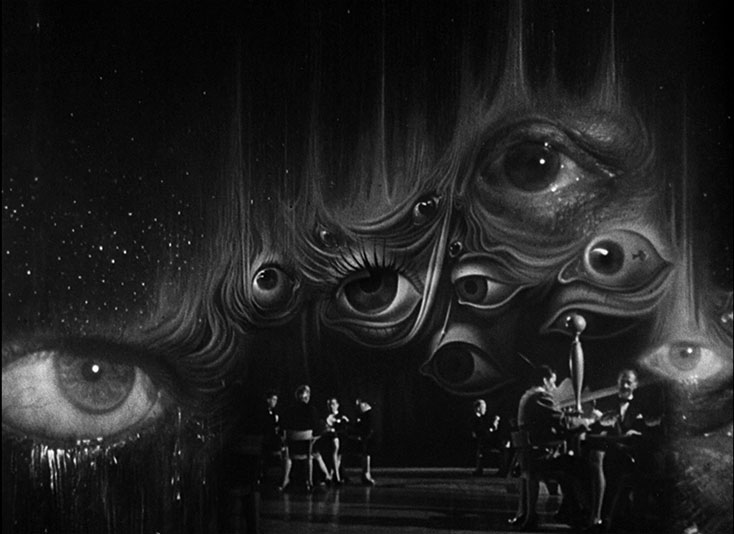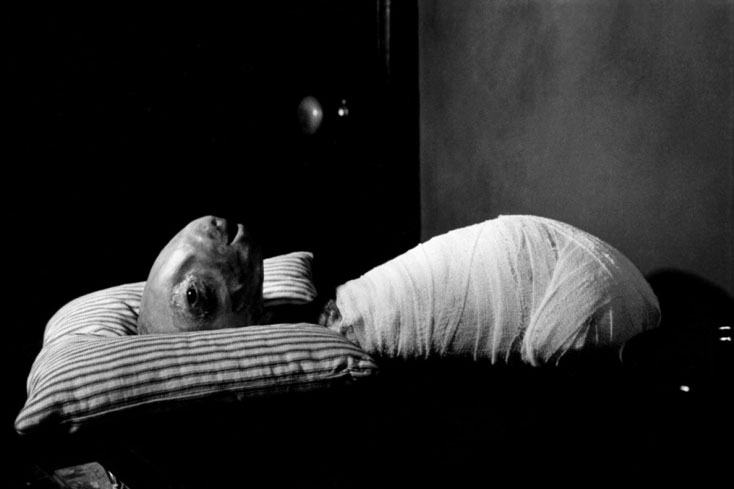
I loved Memento (2000), Christopher Nolan‘s first wide-release film. In a film about Leonard (Guy Pearce), a guy afflicted with a memory capacity of about 10 seconds who’s trying to figure out who killed his wife, Nolan runs the action backwards, resulting in the viewer and Leonard unaware of what brought them to each new scene, as Leonard can’t remember and the viewer won’t know until the next scene which precedes the current scene in time.
Nolan tries, less successfully, to create this same sense of viewer disorientation in his 2010 film Inception, this time blurring the lines between reality and dreams, and dreams within dreams, so that the viewer is never quite sure which is which.
Budget: Less is More…
Nolan, pretty much an unknown at the time, only had a budget of $9M to make Memento. So he had to rely on acting and plot, and not expensive CGI tricks, to work his magic. Inception, Nolan’s latest, had a much larger budget — $160M to be precise. Too bad.
I think if Nolan had been limited to a budget of $16M instead of $160M, he’d have made a better movie.
Inception is Memento on steroids. Both films keep the viewer in constant state of confusion — Memento by having the time sequence running backwards so that the viewer lands in each new scene confused as to how she got there because that won’t be answered until the next scene; Inception by having the characters inhabiting nested dreams, all of which share a hyper-real visual language so that what is a dream and what is “reality” is indistinguishable. Of course, this is the problem because dreams don’t look like reality, because they’re not reality, just our busy brains churning.
Inception‘s Depiction of Dreams
As David Denby observed in his The New Yorker review of Inception, “Cobb’s intercranial adventures aren’t like dreams at all — they’re like different kinds of action movies jammed together.”
All the dreams in Inception are visually spelled out to every last detail and, at least to me, are too linear. My dreams are hazy in detail except for the specific mental/emotional focus of the dream moment — a tunnel vision effect — and display a fluid, non-linear logic.
Nolan’s sequences, by contrast, really do look like a bunch of action sequences from various blockbusters of the past 10 years, detailed, crystal clear to the edges. It just doesn’t feel like dreaming.
Of course, if the dreams really did have the foggy, indistinct quality of actual dreams, then Nolan’s project to keep the viewer guessing about what was dream and what was not would be compromised.
Then again, from the dreamer’s perspective the dream is completely real. Although it’s the precision of Nolan’s dream sequences that strikes an off note for me.
However, what finally rings most false is showing dream action from an omniscient perspective, rather than always subjectively. Dreams are totally subjective and when the film shows action from a detached-observer perspective, it violates dream logic.
Cinematic Depiction of Dreams: Hitchcock’s Spellbound
When I think of great dream sequences, Alfred Hitchcock’s Spellbound (1945) tops the list. The dream-sequence sets were designed by surrealist artist Salvador Dalí and the sequences have the true feel of a dream.

Spellbound Dream Sequence, Set by Salvadore Dali
David Lynch’s Eraserhead
For my money, the best evocation of dream is to be found in David Lynch’s 1977 masterpiece Eraserhead (1977), and with a budget of $10,000!

Eraserhead, David Lynch
The entire film feels like a dream — the sound, the ambiance, the non-linear logic — and then there’s a dream sequence! Talk about dreams within dreams!
Inception‘s Casting: Too Many Familiar Faces
I usually find that too many familiar faces in a film detracts from the experience of suspending one’s disbelief. Yeah, I know it’s what fills the seats, but I’d go see a Christopher Nolan film because it’s a Christopher Nolan film, not because it has Leonardo DiCaprio, Ken Watanabe, Joseph Gordon-Levitt, Marion Cotillard, Ellen Page, Pete Postlethwaite, Tom Berenger, and Michael Caine.
It took me about a third of the way in before DiCaprio’s character began to ring true. And I found Ellen Page, pretty much playing the Juno character on smart drugs, unconvincing. I think Ms. Page is a fine actress, but I think she was miscast in this role. Michael Caine? Sure, why not. But it’s always “hey, there’s Michael Caine” and — whoosh! — once again you’re yanked out of the story.
Visually and Conceptually, a Great Ride
Despite my misgivings, I actually enjoyed Inception, if only for the spectacular visuals (I saw it in IMAX) and the tortuous and nested narratives. Nolan’s toying with the viewer experience, keeping the viewer from relaxing into a storyline and hitting cruise control, really forcing the viewer to pay attention or else lose the thread of the story, is what I loved about Memento and what I liked about Inception.
Being a big fan of American novelist Thomas Pynchon, I’m very comfortable with the destabilizing effects of nested narratives and ambiguous endings. As there aren’t that many filmmakers who are willing to incorporate such devices in their films (check out The Saragossa Manuscript and the work of Charlie Kaufman), I’m always glad when a film is released that does do this, even if it’s not entirely successful.
I just think Memento did it far better, and with far less.

Speak Your Mind